How Driving The Tesla Model S P85D Completely Changes Your Perspective On Cars
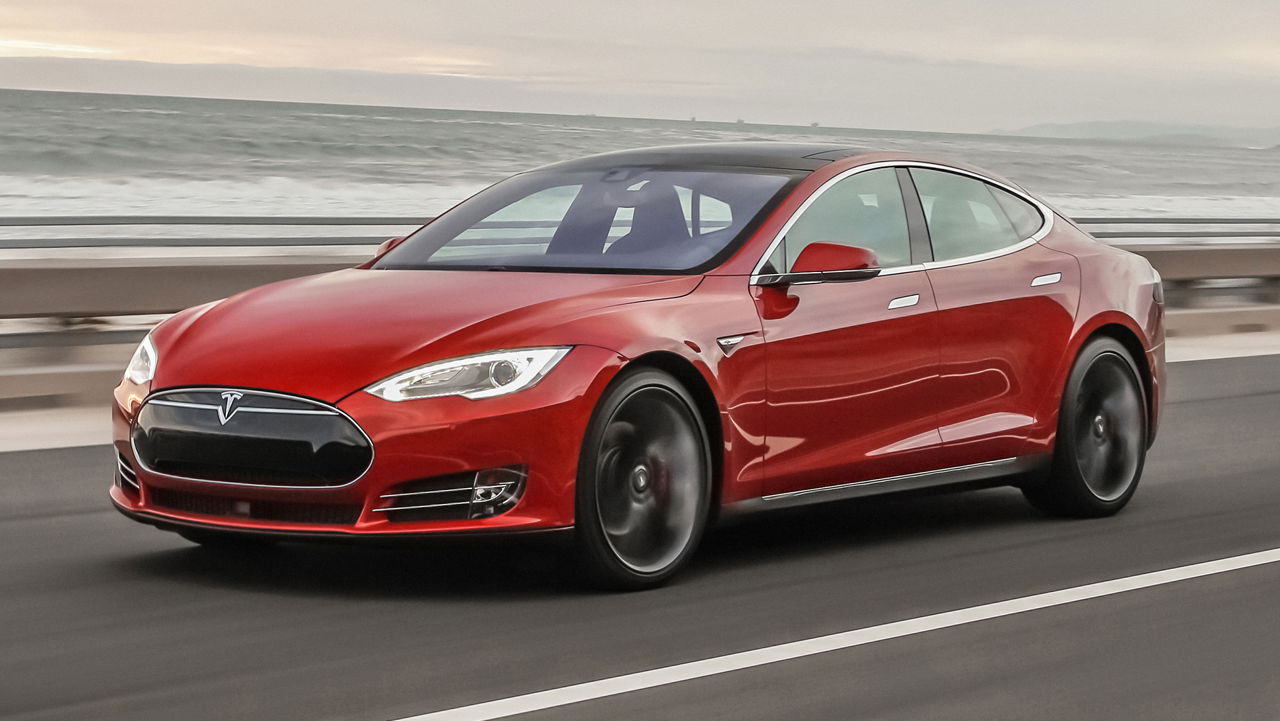
Insane mode. Let’s get it out of the way. My word, it’s like nothing else you’ve ever experienced in a car. I’ve been in fast petrol-powered cars before, but this is different. There’s no noise, no fuss, just instant, gut churning acceleration. It’s more like a rollercoaster than a car; the sheer absence of anything other than a faint whirr as your stomach is left floating somewhere around the back seats is just as much of an event as a screaming V10. Honestly.
The funny thing about the way the Tesla accelerates is that because you get 100 per cent of the torque the second you plant your foot, there’s nowhere to go from there. After a few seconds you adjust to the g-forces, your stomach catches up with you, and the acceleration loses its impact. In a petrol car, with the torque and power building with the revs - and gear shifts to add to the drama - sustained acceleration is more of an event. But there’s no denying that the sheer instant brutality of the Tesla is intoxicating.
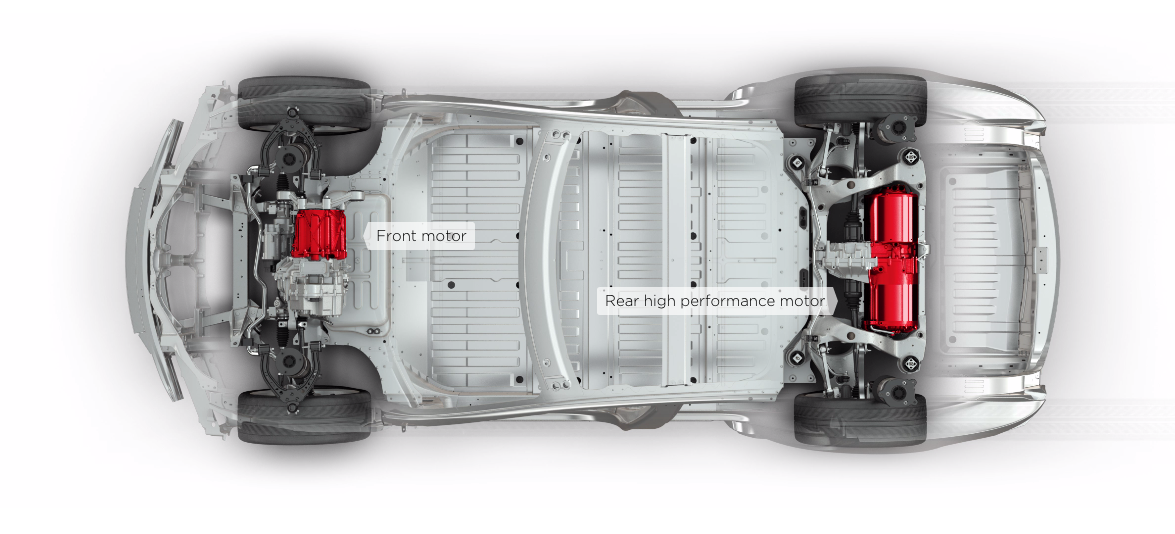
This is an electric car in 2015, and it’s absolutely fantastic. I’m a complete and utter convert. As Matt said the first time he drove the P85 (the one with the single motor), from a petrolhead’s point of view the electric revolution should not be feared. I love the internal combustion engine, I will always love it, but technology moves on, and so does society.
And it’s that last point which was the biggest take away from my time with the Tesla. Yeah, it’s fast, but so what? Why does that make it special? It doesn’t. What does make it special is that it uses a more sustainable fuel source. Let’s take off the petrolhead hat for a moment and take a step back to be objective here: it’s complete and utter madness that, given what we know about the way cars destroy the environment, we’re still allowed to drive around in these vehicles that spew utter filth from their exhausts.
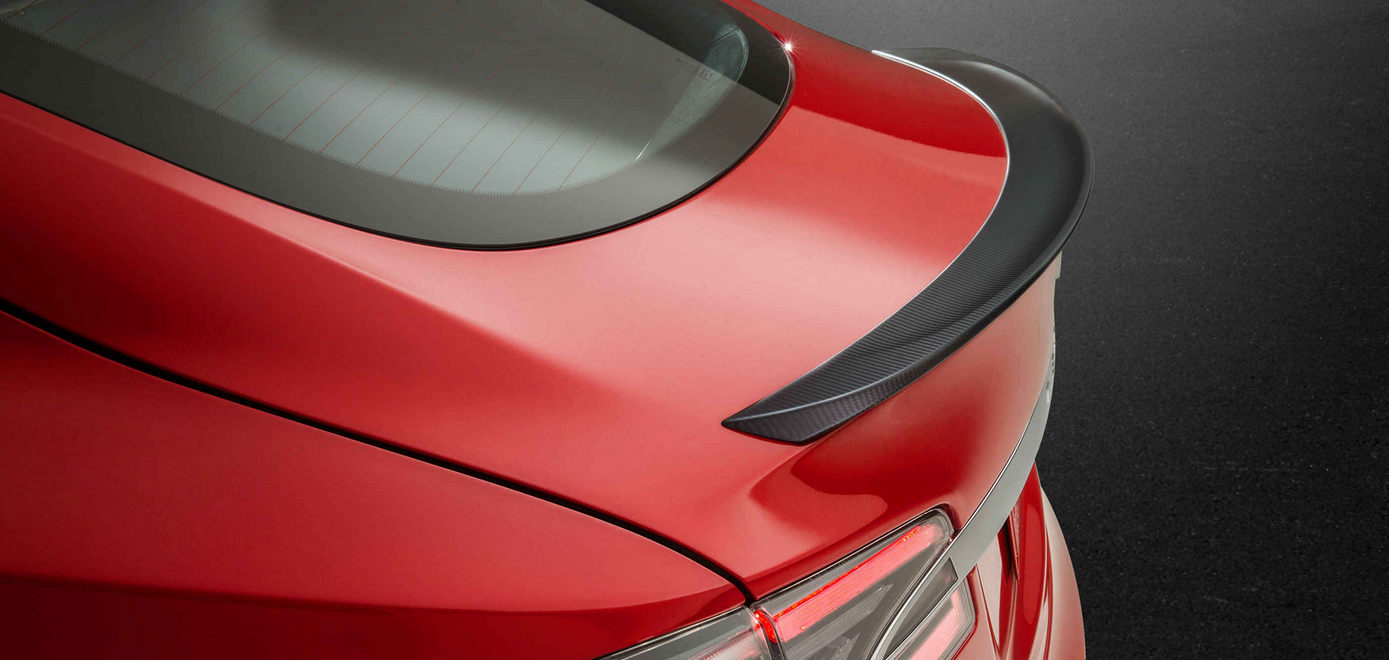
I picked up the P85D from Tesla’s Heathrow dealership in West London, and drove it through the centre of our fine capital to park outside the office. On my way in I became overwhelmingly conscious of the exhaust fumes all around me. In the middle of one of the biggest cities in the world, with thousands of people wandering along the pavements breathing in this invisible toxic smog, I suddenly gained a little perspective.
Imagine ‘future you’, explaining the concept of the current world of cars to your children. "Many years ago we realised that we could use the fossilised remains of dead animals to create fuel, so we used it to power our cars. Unfortunately we discovered that burning the fuel caused horrendous long term damage to the planet, so we started to discuss alternative propulsion methods. Electric cars seemed like the answer, but the first cars didn’t have much range, and the oil companies and car manufacturers were making too much money with things as they were, so no one really tried to improve things. Hybrids came along as a clever stop-gap, and they started getting popular, but then the price of petrol and diesel dropped in 2015 so everyone went back to gas guzzlers. And that, kids, is why you’re not allowed to go outside without a gas mask!"
Be sure, I’m not specifically targeting petrolheads, I’m talking more about the general public’s buying habits and government law makers. I have no doubt that if Tesla can build an electric car with an official range of 305 miles - that might be a bit of an exaggeration, but I had the car for four days and handed it back without having charged it at all - the larger manufacturers with infinitely more resources could do it if they had an incentive.
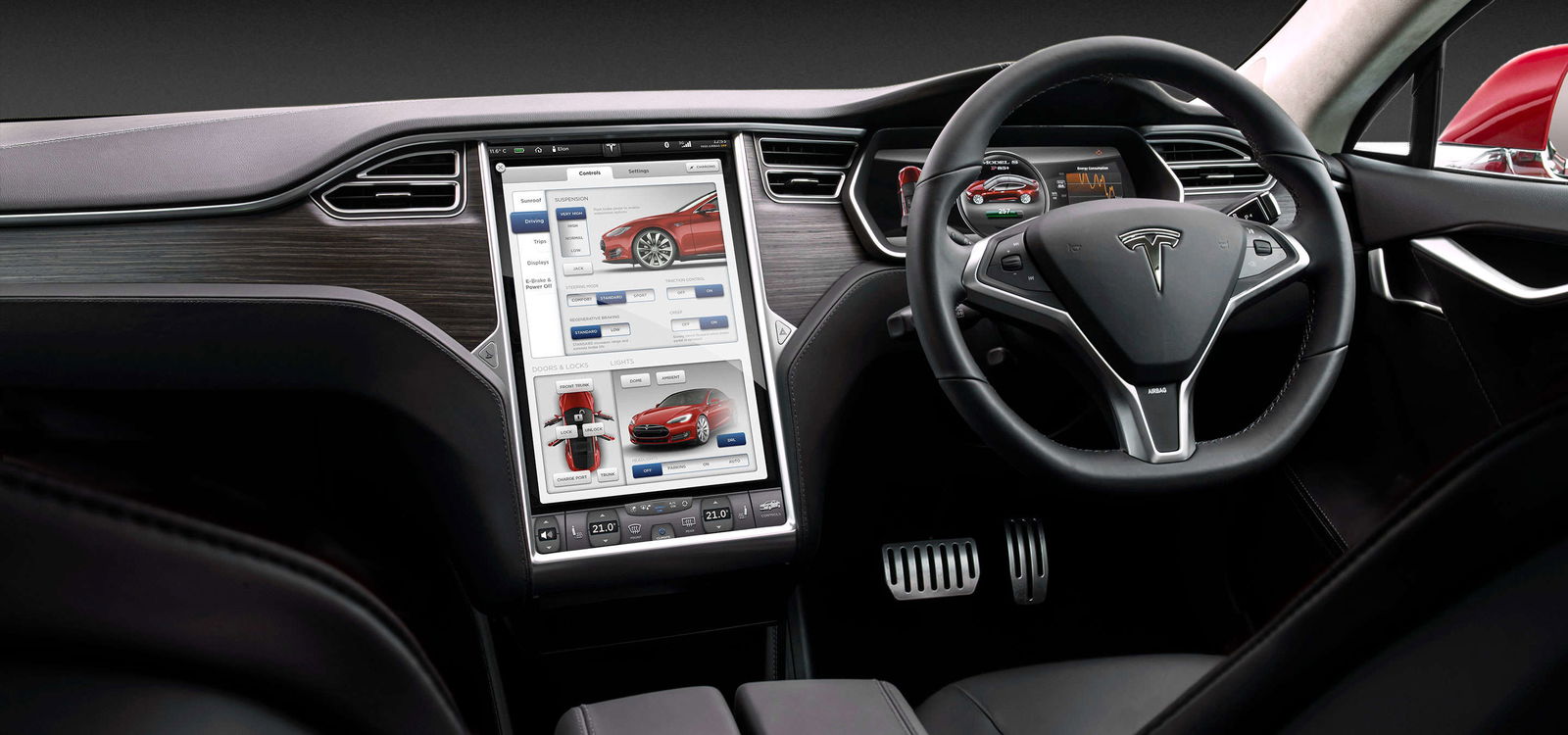
Now I know the first thing many of you will do is point out that most electric cars are built using non-renewable energy, and run off electricity that generally doesn’t come from renewable sources. Yeah, that’s true for most countries, and that’s completely ridiculous in itself. Countries such as Denmark are leading the way with producing energy from renewable sources - on one day in July this year, it produced 140 per cent of its power needs from wind farms - and they should be applauded for that fact.
Arguing that electric cars are pointless because their power source isn’t green is such a baseless argument it’s barely even worth acknowledging. We should be applauding the electric car for not directly relying on fossil fuels and put pressure on those who create electricity to do it better. And in any case, a ‘leccy car charged from electricity generated in a non-renewable fashion will still usually work out as far less polluting than something powered by an internal combustion engine.
If tomorrow it was announced petrol powered cars were banned, I’d be as devastated as the next car guy, but we seriously need to be putting pressure on the people who matter to make things change. Half the excitement of performance cars comes from the noise and character an internal combustion engine brings, but in pretty much every other market, a silent power unit would be ideal. Everything from a supermini to a luxury barge would benefit from ditching ICE, if only the batteries were good enough to make the change worth it.
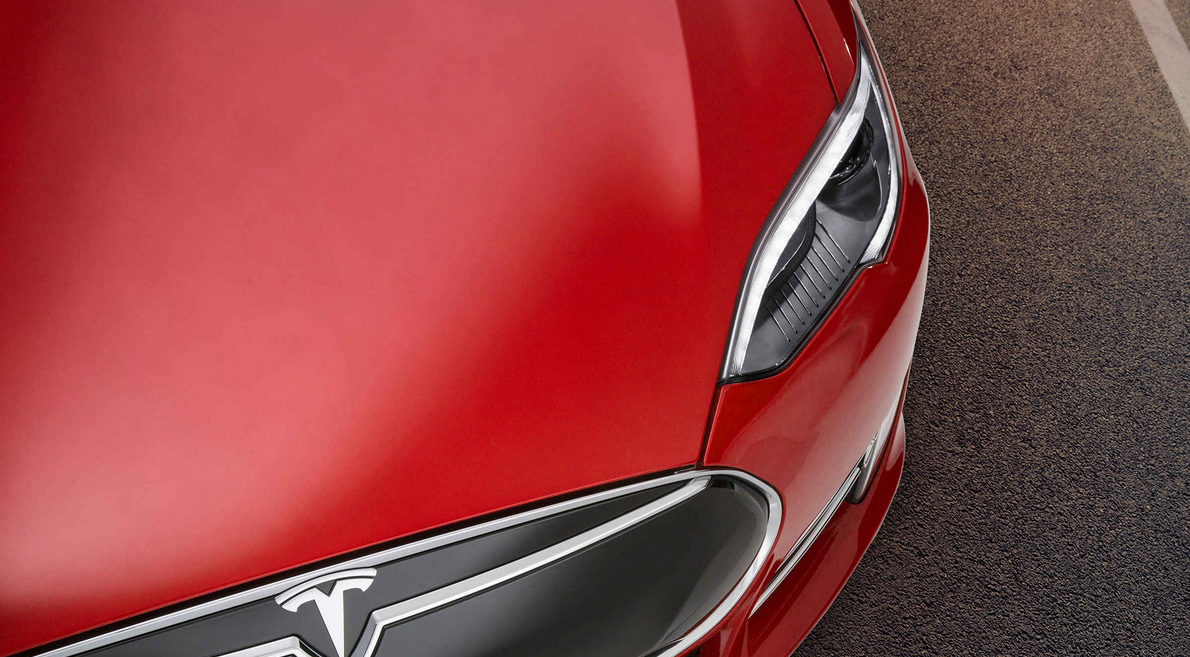
In an ideal world, we’d put strict legislation in place that makes inner cities far healthier and more pleasurable places to be, leaving us polluting hobbyists to enjoy our cars out in the countryside where the roads are fun. Emissions would be massively reduced, people would live longer, and we could still enjoy old school cars. Oh, and if that doesn’t work, there’s always Ludicrous Mode to think about…
Comments